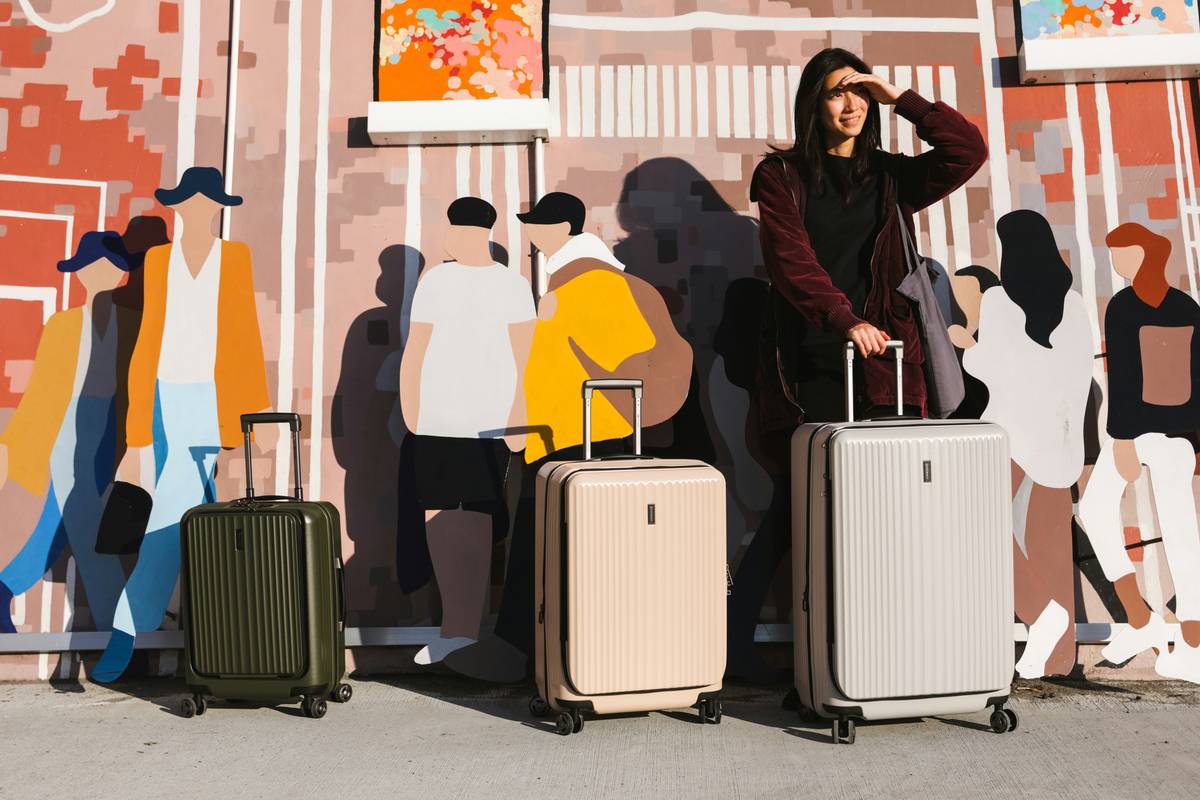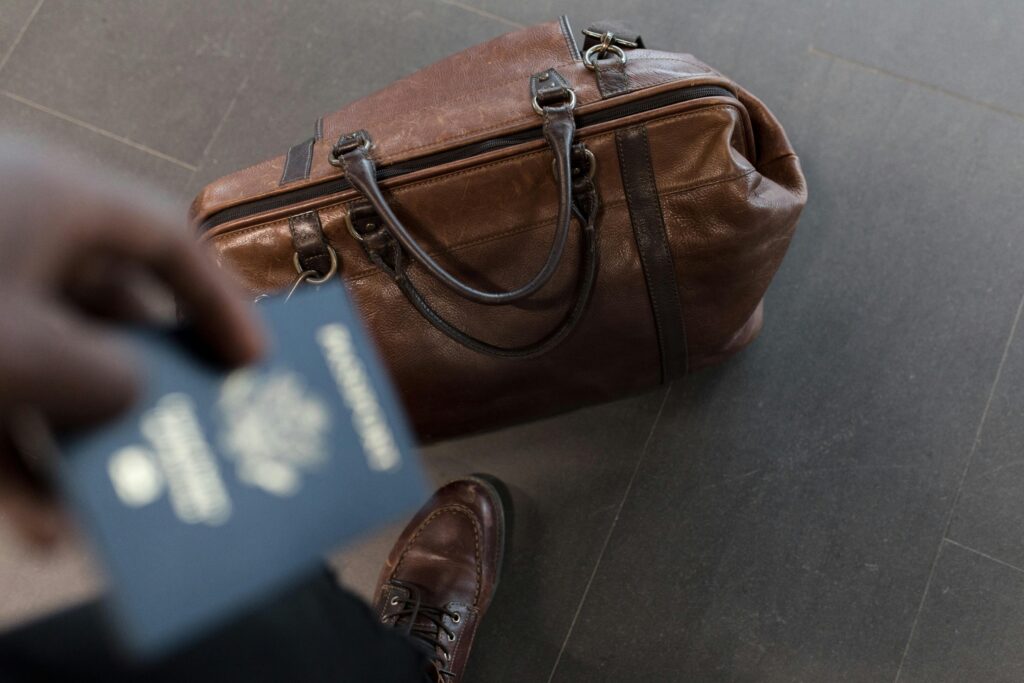Ever had your suitcase crack open at baggage claim, spilling half your wardrobe for everyone to see? Yeah, we’ve all been there. But here’s the secret weapon you didn’t know you needed: the jetsetter tough shell hardshell suitcase. This isn’t just luggage—it’s armor-level protection wrapped in sleek design. In this guide, you’ll uncover everything from why it’s worth every penny to how to pick the perfect one (spoiler alert: it involves coffee breaks and brutal honesty).
Table of Contents
- Why You Need a Jetsetter Tough Shell Hardshell Suitcase
- The Problem with Weak Luggage
- Step-by-Step Guide to Choosing Your Perfect Jetsetter Tough Shell
- Top Tips for Maintaining Your Hardshell Suitcase
- Real-Life Success Stories: The Magic of Durability
- Frequently Asked Questions About Jetsetter Tough Shell Suitcases
Key Takeaways
- A jetsetter tough shell hardshell suitcase protects better than soft-shell alternatives.
- Choosing the right size and material ensures both durability and portability.
- Proper maintenance can extend the lifespan of your investment by years.
The Problem with Weak Luggage
I once brought a $50 fabric carry-on on an international flight. It came back looking like someone tried to wrestle an octopus into it. Ripped seams, missing wheels—it was NOT pretty. Sound familiar?
Weak luggage doesn’t just ruin trips; it ruins lives. And let me tell you—airlines are not exactly gentle giants when handling bags. According to Airlines for America, over 23 million checked bags were mishandled globally last year alone. That means if your suitcase can’t stand up to rough treatment, YOU’RE paying the price later.
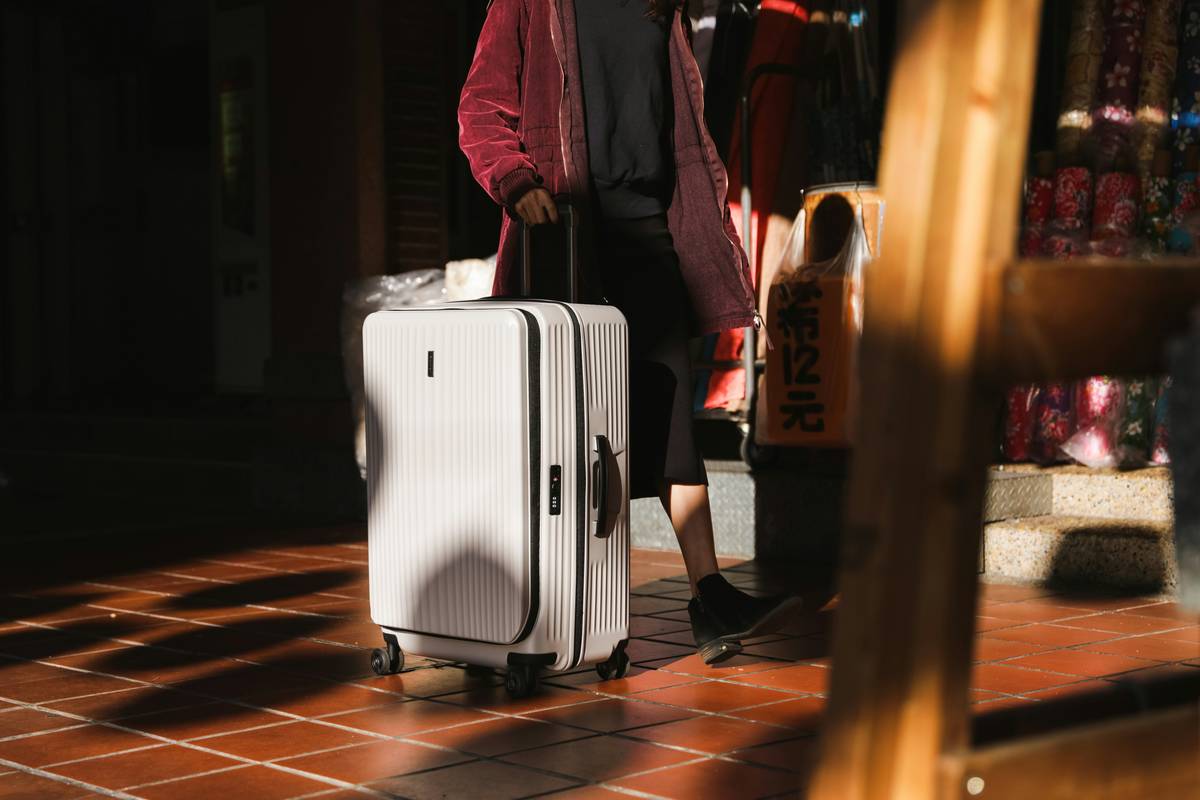
(Image: A beat-up soft-shell suitcase abandoned at baggage claim)
Step-by-Step Guide to Choosing Your Perfect Jetsetter Tough Shell
Optimist You: “Alright, I’m ready to upgrade! Let’s do this!”
Grumpy You: “Ugh, fine—but only if coffee’s involved.”
Step 1: Assess Your Travel Style
Are you a weekend warrior or a month-long globe-trotter? Do you pack light or need space for souvenirs? Tailor the size of your jetsetter tough shell accordingly:
- Cabin-sized: Best for short trips and carry-ons.
- Medium-sized: Great for 7–10 days of travel.
- Large-sized: Ideal for long-term adventures or family travel.
Step 2: Check Material Quality
Polypropylene vs. polycarbonate—what’s the difference? Simply put, polypropylene is slightly heavier but offers more affordability, while polycarbonate is lighter yet pricier. Both materials excel as tough shells. Just ensure yours says “jetsetter tough shell” loud and proud!
Step 3: Look for Must-Have Features
- TSA-approved locks: Because no one wants airport security cutting through their zipper.
- Spinner wheels: Gliding smoothly even through chaotic terminals.
- Expandable compartments: For those times when “packing light” goes out the window.
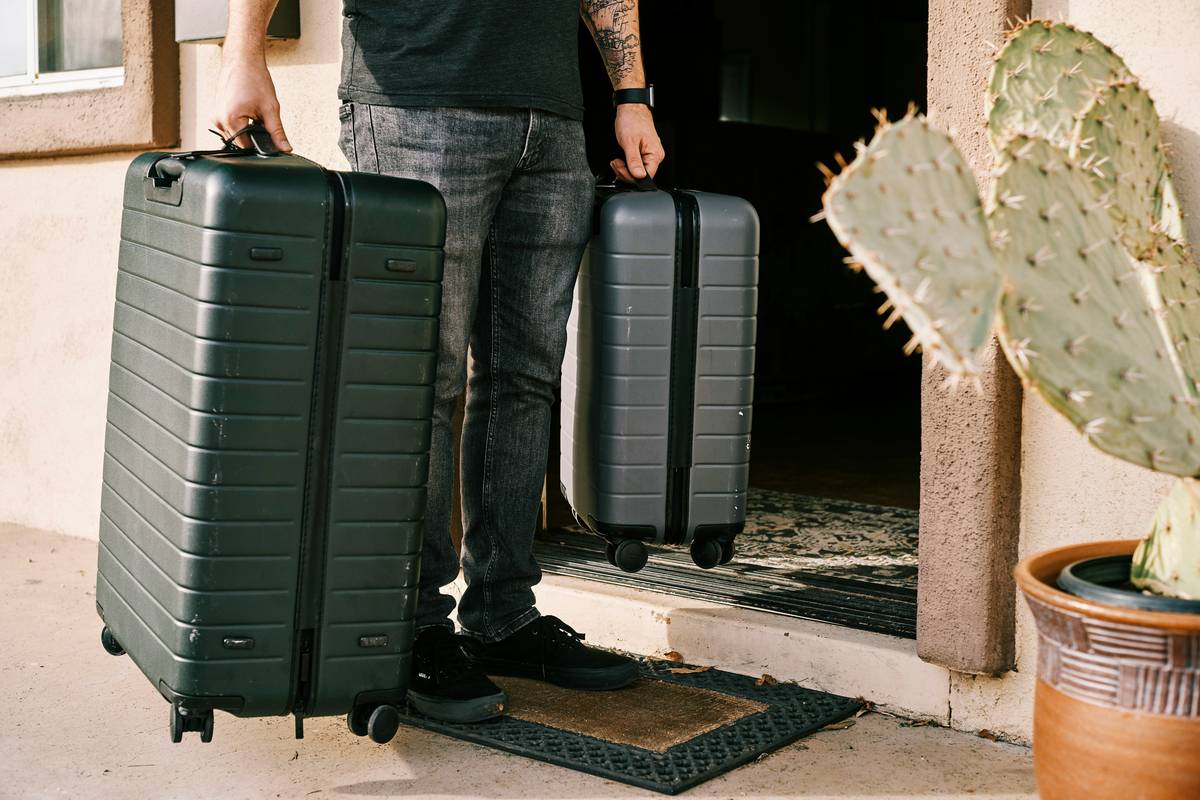
(Image: Close-up of a hardshell suitcase featuring expandable compartments and spinner wheels)
Top Tips for Maintaining Your Hardshell Suitcase
Even superheroes wear capes made of Kevlar… er, polycarbonate, right? But even the strongest suitcases need love. Here’s how to keep yours in tip-top shape:
- Clean regularly: Wipe down the exterior with mild soap and water. No fancy cleaners required.
- Dry completely: Avoid trapping moisture inside after rainy travels.
- Check zippers often: Lubricate them occasionally to prevent sticking.
- Store upright: Keep it standing tall instead of stacking heavy items on top.
Real-Life Success Stories: The Magic of Durability
Meet Sarah: As a full-time content creator hopping between continents, Sarah swears by her jetsetter tough shell. “After two years of nonstop use—including surviving being dropped off a conveyor belt—it still looks brand new,” she says. “It’s like it mocks other suitcases at baggage claim!”
Or consider Mark, who recently returned from Everest Base Camp. His story? He dragged his polycarbonate buddy across rocky terrain without so much as a scratch. If that’s not proof of performance, what is?
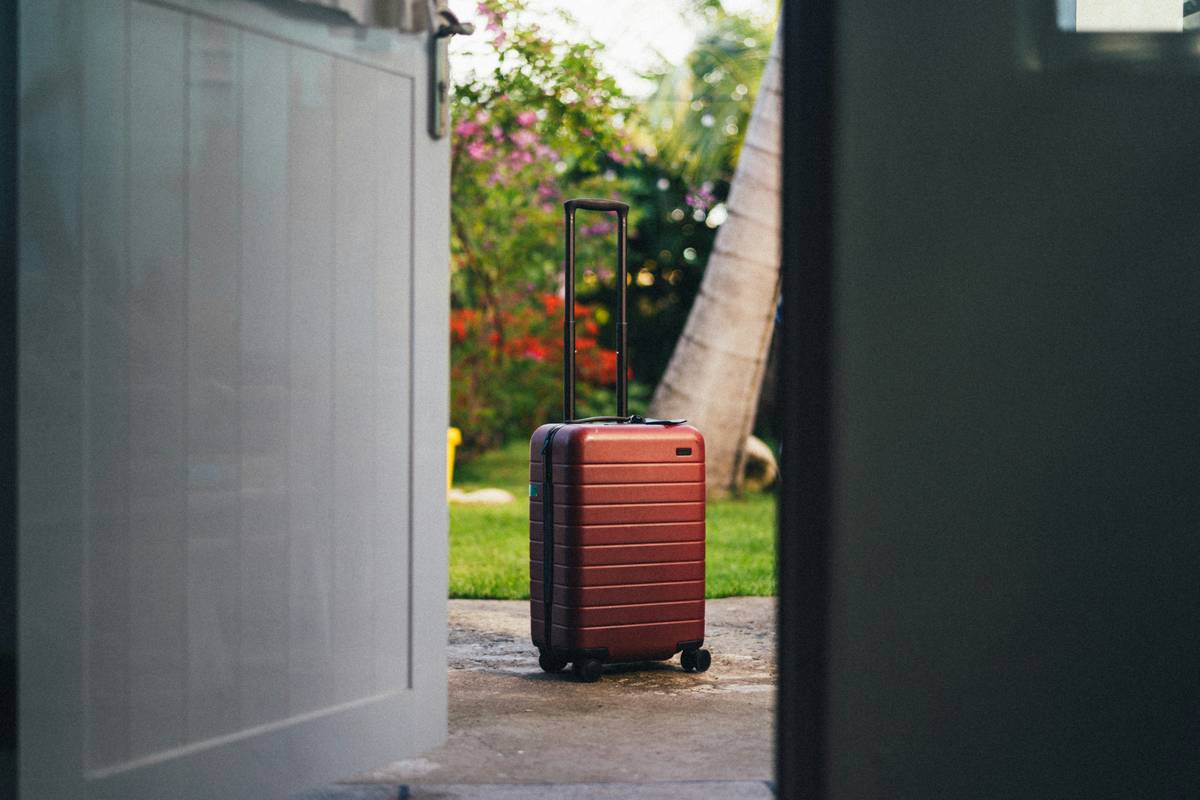
(Image: A traveler proudly showing off her durable suitcase)
Frequently Asked Questions About Jetsetter Tough Shell Suitcases
Q: Are hardshell suitcases heavier than soft-shell ones?
A: Slightly, yes. However, modern designs balance weight and strength beautifully, making jetsetter tough shells manageable for most travelers.
Q: How do spinner wheels compare to inline skate wheels?
A: Spinner wheels provide 360-degree mobility, making maneuvering easier, especially in tight spaces. Inline skate wheels are good too but lack flexibility during sharp turns.
Q: Is it true that hardshell suitcases don’t have enough compartments?
A: Not anymore! Many models now feature well-thought-out interiors with compression straps, dividers, and zippered pockets.
Warning: Don’t buy any case purely based on aesthetics unless functionality matches. We once fell victim to a shiny blue disaster—a pretty-but-flimsy suitcase that caved under pressure (literally).
Conclusion
In conclusion, investing in a jetsetter tough shell hardshell suitcase is like giving yourself peace of mind. From avoiding ripped luggage nightmares to enduring the wild ride that is air travel, this piece of gear truly has your back (and sides, and top).
Like a Tamagotchi, your SEO needs daily care.
But unlike virtual pets, jetsetter shells thrive with minimal fuss, offering endless resilience.
